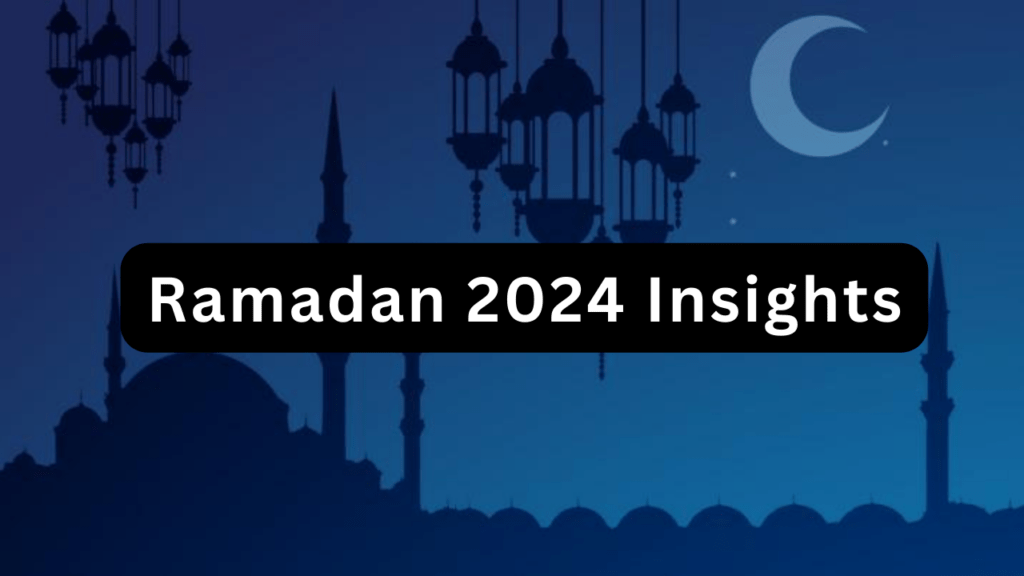The Ramadan is the holy month for the Muslims across the world. It’s determined by the Islamic lunar calendar, which starts with the crescent moon sighting. To identify the start of the month, the nations with a majority of Muslims rely on the testimony of moon sighters.
This year Ramadan, the Muslim’s holy month, will begin on Monday, March 11 or Tuesday, March 12, depending on when the new moon is seen.

Ramadan’s Start: Moon’s Appearance
When the crescent sets after the sun, the moon becomes visible. This makes it possible for the sky to get dark enough to reveal the little new moon slither.
The first glimpse of the crescent moon is seen by moon sighters who face west with a clear view of the horizon when the sun sets on March 10 (29th of Shaaban month in the Hijri calendar).
If the moon is visible, the holy month starts on March 11 and the first day of fasting. If not, Shaaban will last 30 days, with March 12 marking the start day of fasting.
Lunar Visibility for Ramadan
The new moon for the holy month will begin on March 10 at 17:23 GMT, according to Crescent Moon Watch, a moon tracker maintained by the UK’s Nautical Almanac Office.
The new moon is expected to be visible only in the Pacific on March 10, close to the Hawaiian Islands and portions of French Polynesia. The majority of the planet, including the Middle East, North America, and Europe, is not expected to be able to view the new crescent with a naked eye.
If the skies are clear across most of the planet on March 11, it may be possible to view the new moon without the need for optical aids. Telescopic sightings are more likely to occur in Tasmania, New Zealand, and southern Australia.
Ramadan’s Lunar Calendar
The number of days in a lunar month is 29 or 30, depending on whether the new moon is visible on the 29th of the month. The month lasts 30 days if the new moon is not sighted.
Ramadan’s Significance: Fasting and Spiritual Renewal
Muslims believe the month of Ramadan to be the time when the Prophet Muhammad received the first revelations of the Quran more than 1,400 years ago.
Throughout the month, Muslims fast from just before sunrise (Fajr) till sundown (Maghrib).
Fasting is giving up food, liquids, tobacco, and sexual activity in order to increase one’s “taqwa,” or awareness of God.
One of Islam’s five pillars is fasting, which also includes the Muslim creed, daily prayers, charitable giving, and, if financially and physically possible, making the Hajj trip to Mecca.
Most restaurants close during the hours of fasting, and business hours are shortened in many countries with a majority of Muslims.
Ramadan Greetings Around the World
Many Muslims majority countries have a customized greeting in their native language. During this time, people frequently greet each other with “Ramadan Mubarak” or “Ramadan Kareem,” which respectively wish the receiver a good and prosperous month.
Eid al-Fitr: Marking the End of Ramadan with Joy
Muslims rejoice on Eid al-Fitr, the end of Ramadan. The phrase “festival of breaking the fast” is used in Arabic.
Eid al-Fitr is a three-day festival that is expected to begin on April 10 or 11 this year, depending on when the new moon appears.






